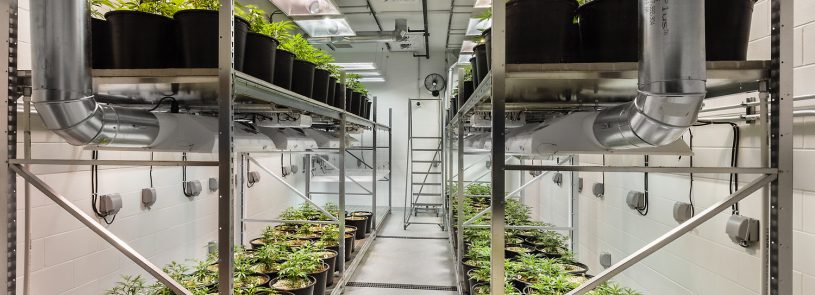Energy efficiency is crucial to the expanding cannabis industry

By Luke Streit
I recently attended the Cannabis Industry Energy Challenge virtual conference hosted by EUCI, where I may have been one of few attendees from an engineering consulting firm; most others were from electric utility companies and energy consultants who work with utility companies to develop and evaluate rebate and incentive programs.
With each session, I realized how important it is to be involved in these discussions about the opportunities, research, and ideas surrounding energy efficiency in medical marijuana manufacturing facilities – hefty energy consumers due to the lighting, cooling, and de-humidification needed for indoor growth. Even before the legalization wave of such facilities started in earnest, the EUCI states that by 2012 legal indoor marijuana growing facilities were already accounting for 1% of national electricity use. This amounted to a cost of roughly $6 billion per year, rivaling energy consumption of data centers at the time.
As the cannabis industry continues to expand across the country, these facilities’ energy efficiency will become more of a focus by both utility companies and regulatory agencies. This in turn will make the facilities prime candidates for energy efficiency programs and more stringent regulations.
It’s important for engineering consultants to understand, navigate, and meet the codes and standards that are continually being developed for this industry – especially those related to energy efficiency. Meeting these requirements through energy-efficient design that supports the operational needs of these unique facilities not only achieves compliance but also helps owners minimize capital and operational costs in the long run.












